Graphic design for gaming emerged as video games began captivating audiences globally, offering art that transcended pixels and polygons to create immersive virtual experiences. Back then, game art was rudimentary, relying heavily on imagination, but today's gaming graphic design brims with innovation and variety. No matter the genre, graphic design for gaming blends artistic flair with technical prowess to shape engaging worlds. While initially seen as niche or purely functional, it's now celebrated for its creative versatility and evolution. Elevate your gaming projects with the following graphic design trends, and craft a visual spectacle of your own.
User interface design
User interface design in gaming necessitates a meticulous balance between aesthetics and functionality to enhance player immersion. Designers employ a variety of visual elements such as color schemes, typography, and layout to create an intuitive and engaging user experience that seamlessly integrates with the game's narrative and mechanics. High-quality icons, responsive buttons, and well-placed menus are crafted to ensure players can navigate the game effortlessly without detracting from gameplay. Designers constantly iterate on feedback and usability testing, striving for a UI that supports the game's overall aesthetic while ensuring accessibility and ease of use for a diverse player base.
Game asset creation
Game asset creation in graphic design involves meticulous attention to detail and an acute understanding of the game's thematic and visual narrative. Artists meticulously craft characters, environments, props, and user interface elements, ensuring every pixel aligns with the game's artistic style and aesthetic vision. The use of advanced software, like Blender and Adobe Photoshop, allows designers to create both 2D sprites and realistic 3D models, incorporating textures, lighting, and shading to enhance realism and immersion. Rigorous iteration and collaboration with game developers ensure that these assets not only look visually striking but also optimize performance, graphics flow seamlessly within the game's engine, and elevate the overall player experience.
Character design
Character design in gaming is a pivotal aspect that dictates the player's emotional connection and investment in the storyline. A well-designed character model goes beyond mere aesthetics, as it involves an intricate process of conceptualizing personalities, defining backstories, and translating those elements into visually compelling art forms that resonate with players. This process requires a deep understanding of anatomy and expressions, enabling designers to create avatars that are not only visually appealing but also capable of conveying complex emotions and motivations. Each aspect, from color palette choices to the minutiae of texture details, plays a critical role in creating characters that are memorable and integral to the immersive experience, ensuring that players feel a genuine bond and curiosity about their journey within the game world.
Texture mapping
Texture mapping in the realm of gaming graphic design serves as a pivotal technique for enhancing visual realism and bringing authenticity to virtual environments. By integrating two-dimensional images onto the surface of three-dimensional models, texture mapping meticulously simulates diverse surfaces--be it the ruggedness of a stone wall, the fluidity of water, or the intricate details on a character's skin. This technique leverages sophisticated algorithms and texture maps, such as diffuse maps for color, specular maps for light reflection, and normal maps to create surface depth and complexity without increasing polygon count, which is crucial for maintaining game performance. Artists often employ tools like UV unwrapping to ensure seamless application, and they meticulously paint or photograph textures, followed by adjustments through software such as Adobe Substance Painter or Blender, to achieve the desired aesthetics and meet the immersive expectations of modern gaming experiences.
Environment design
Environment design in gaming serves as the immersive backdrop that enhances the player's experience by meticulously crafting the terrain, architecture, flora, and atmosphere of a virtual world. Each element within the environment is purposefully designed to evoke specific emotions and contribute to the narrative, whether it be through the haunting shadows of a dystopian cityscape or the serene, sweeping vistas of an enchanted forest. Attention to detail in textures, lighting, and spatial arrangements plays a crucial role in creating believable settings that draw players deeper into the game, allowing for both exploration and storytelling through visual cues. Designers also integrate dynamic environmental features like weather systems, realistic day-night cycles, and interactive landscapes, ensuring that these digital environments are not static backdrops but rather living, breathing ecosystems that react and adapt to player actions.
Concept art
Concept art in gaming serves as the crucial visual backbone, outlining the aesthetics and world-building aspects before actual game production commences. Artists meticulously create these illustrations to convey atmosphere, character, and storyline, capturing the essence of the intended gaming experience with every brushstroke. Through iterations of sketches and renderings, concept art sets the tone for fantasy worlds or dystopian futures, influencing everything from the environment to the intricate design of characters and equipment. This phase requires a harmonious blend of artistic skill and creative vision, often drawing inspiration from varied sources such as mythology, architecture, or contemporary cultural trends to invent immersive universes uniquely tailored to captivate and engage players.
3D modeling
3D modeling in graphic design for gaming requires a deep understanding of spatial dynamics, as it plays a crucial role in bringing immersive environments and lifelike characters to life within the virtual realm. Artists use specialized software such as Blender, Maya, or 3ds Max to manipulate vertices, edges, and faces, carefully sculpting meshes that can be rigged and animated for real-time rendering in game engines like Unity or Unreal Engine. The attention to detail extends beyond mere shape, as textures and shading also require a meticulous blend of visual accuracy and stylistic creativity, capturing the subtle interplay of light and shadow that defines realism in a digital space. Moreover, optimization is paramount; modellers must balance high polygon counts for fidelity with performance constraints, ensuring models are both visually stunning and efficient, suitable for seamless gameplay across diverse platforms.
Visual storytelling
In the realm of gaming, graphic design transformed visual storytelling into a powerful narrative mechanism that transcends traditional text-based scripts, immersing players in richly crafted worlds through intricate design aesthetics. Designers often employ a combination of color palettes, typography, and iconography to intuitively convey critical story elements, allowing players to draw subconscious connections between visual cues and narrative progression. Meticulously designed characters and environments, embedded with symbolic textures and motifs, are not only aesthetic choices but narrative devices that contribute to world-building by providing tacit backstory and cultural context. Real-time rendering technology enhances this visual storytelling by enabling dynamic lighting and physics, which react to player actions, thus making the environment an active participant in the storytelling process, consequently elevating the emotional resonance and immersion of the game.
Level design
Level design in graphic design for gaming is a meticulous process that involves the orchestration of aesthetic, narrative, and functional elements to craft engaging virtual environments. Designers meticulously map out the geometry of game spaces, ensuring that the visuals complement the story while maintaining player engagement through creative spatial designs. Attention to detail is paramount; artists must consider the interplay of lighting, textures, and color schemes to evoke desired atmospheres and emotional responses. Thoughtful object placement, from interactive elements to environmental storytelling cues, must guide players subtly through the narrative while offering clues and challenges that heighten the immersive experience.
Animation sequences
Animation sequences in gaming are crucial for creating immersive experiences and conveying narratives through visual storytelling. Each sequence must be meticulously crafted, ensuring fluidity and synchronicity with player inputs to avoid disrupting gameplay and maintain engagement. Designers often delve into the intricacies of character movements, environmental interactions, and transitional effects, aiming to achieve seamless integration with the game's world. High attention is paid to keyframes, timing, and easing; precision in these areas results in natural motion and enhances the emotional resonance, thereby amplifying the overall gaming experience.






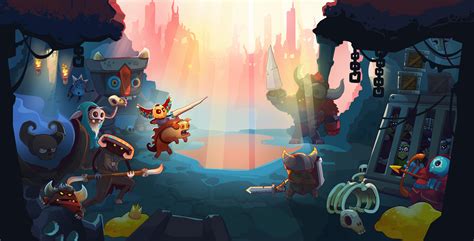

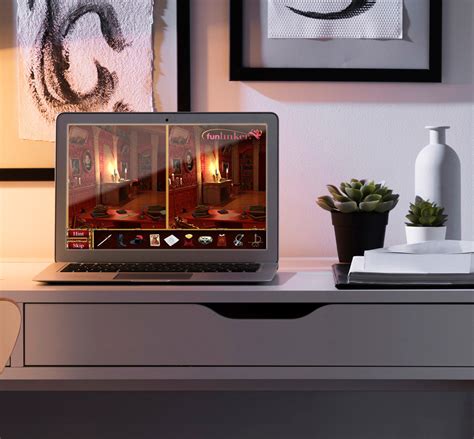

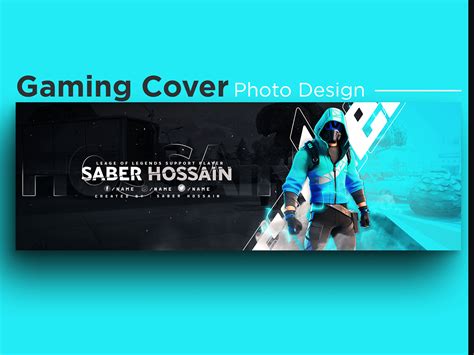
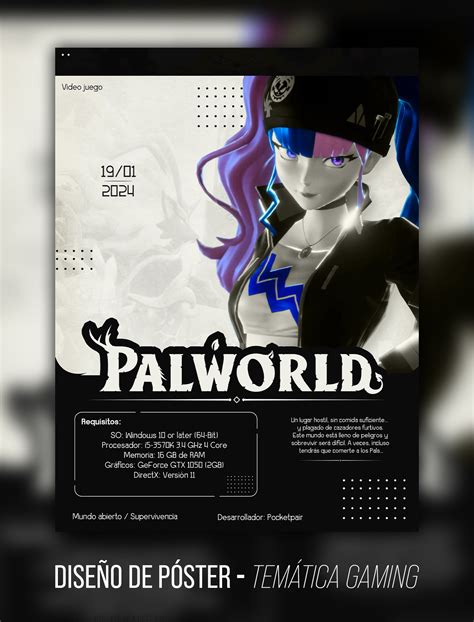


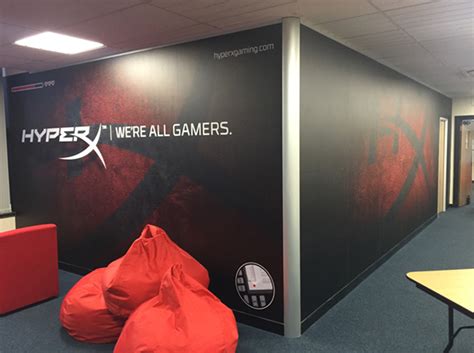


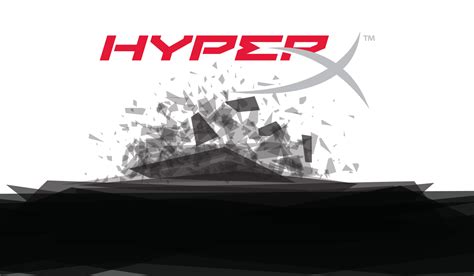
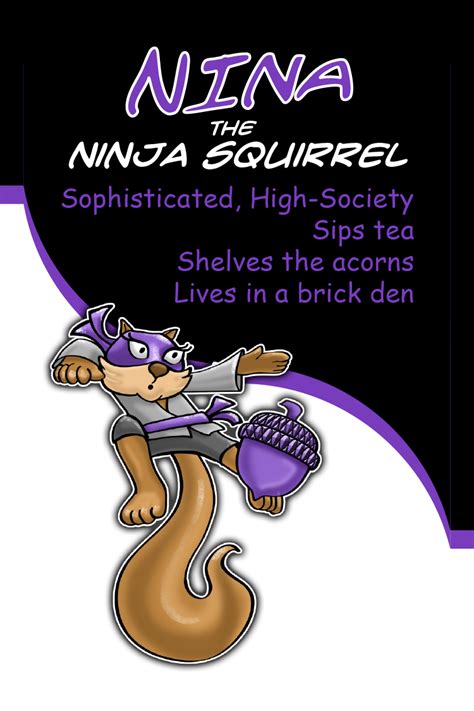
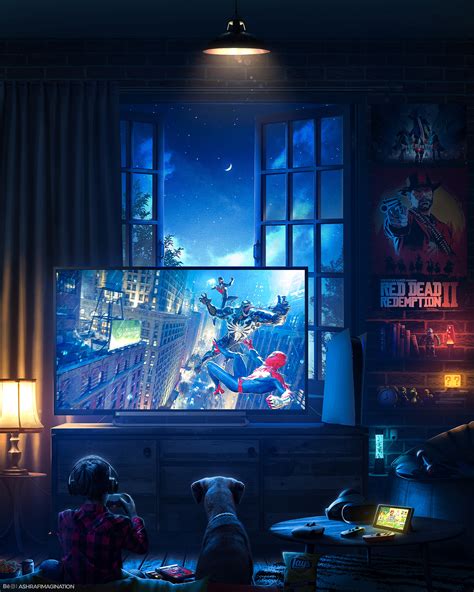


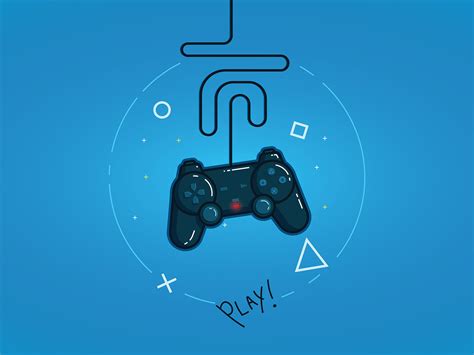
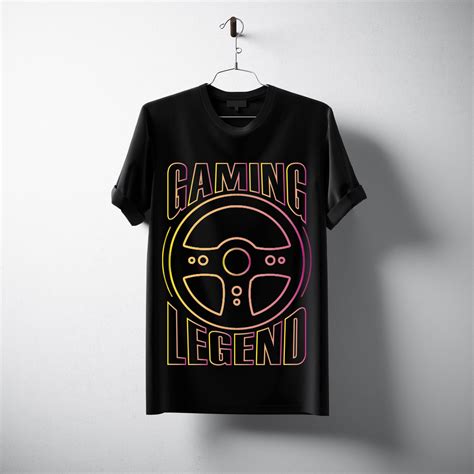

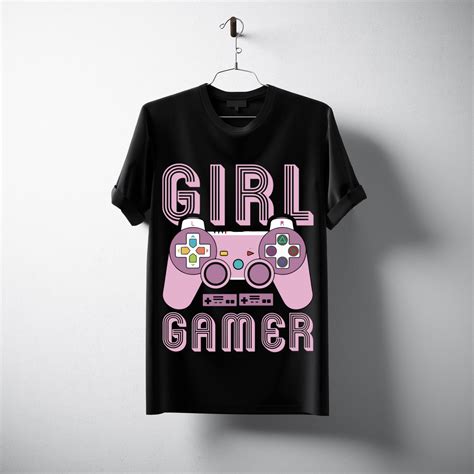

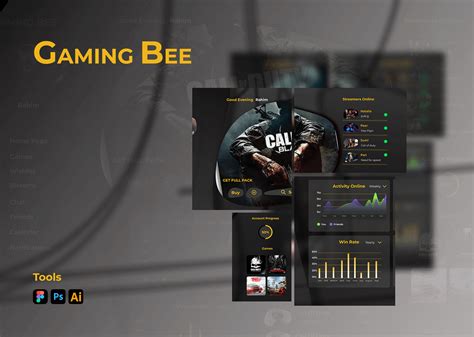



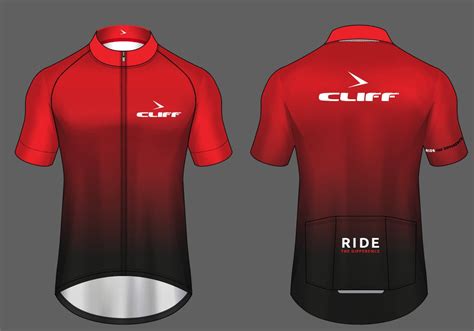
Leave a Reply
Your email address will not be published.